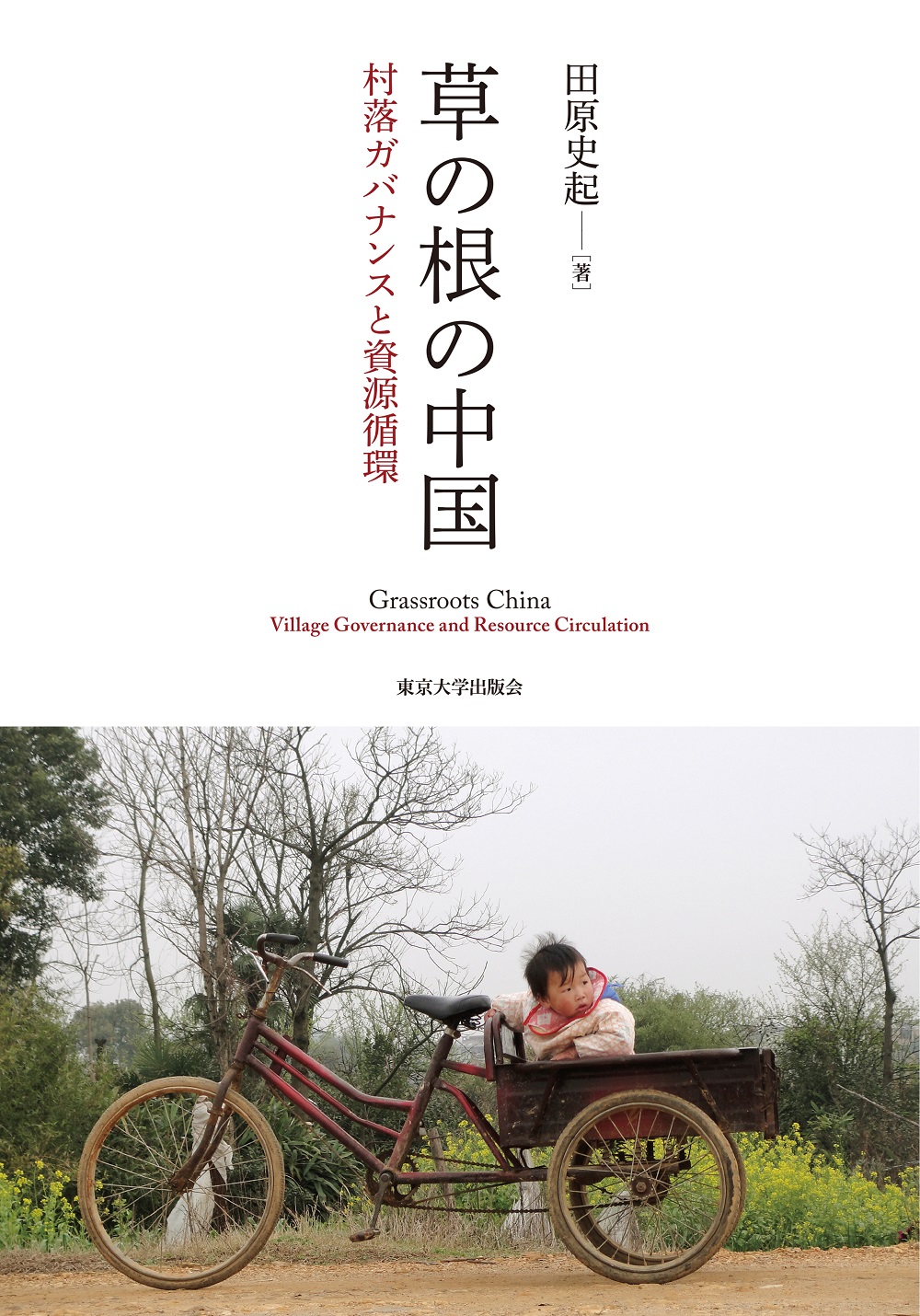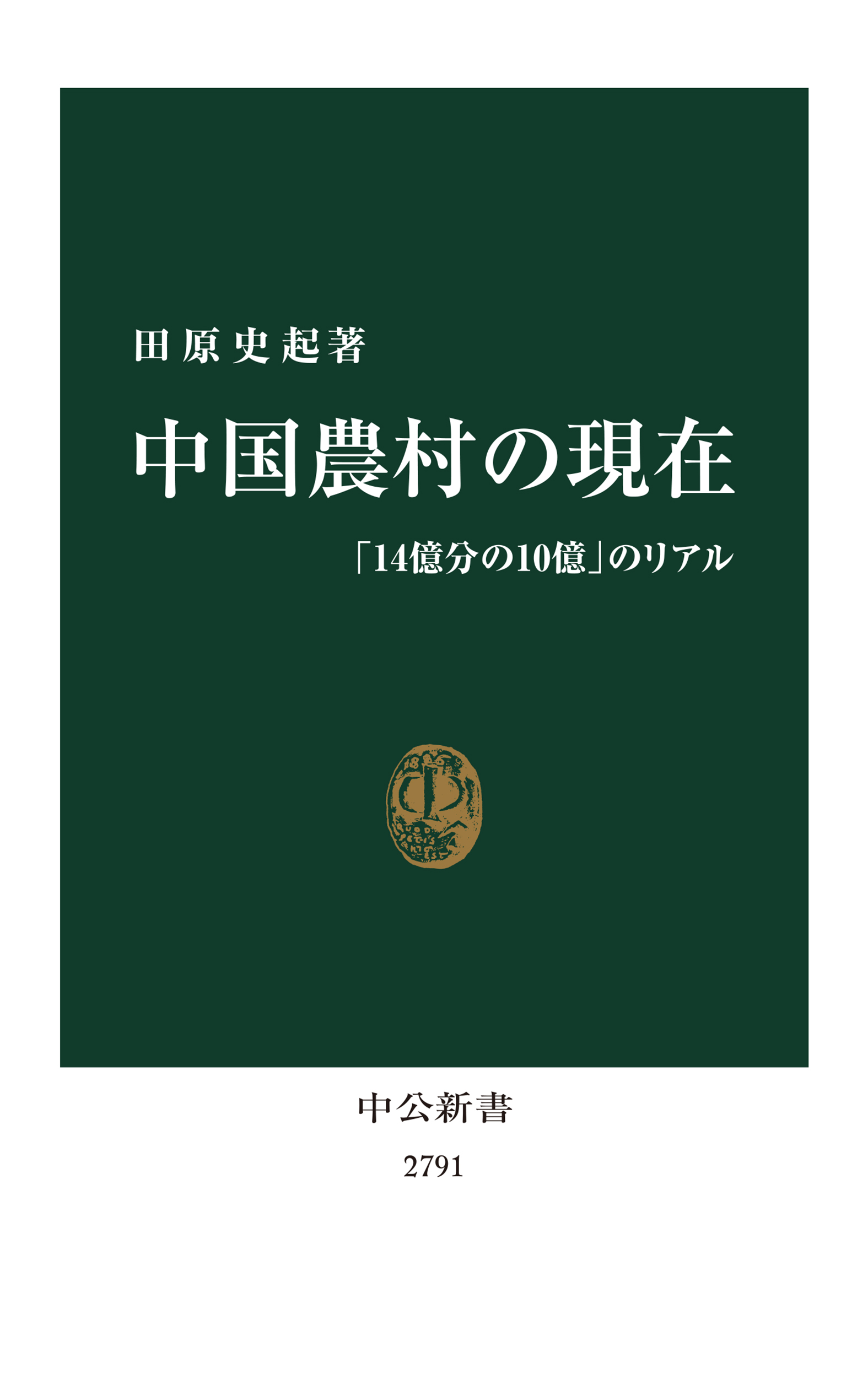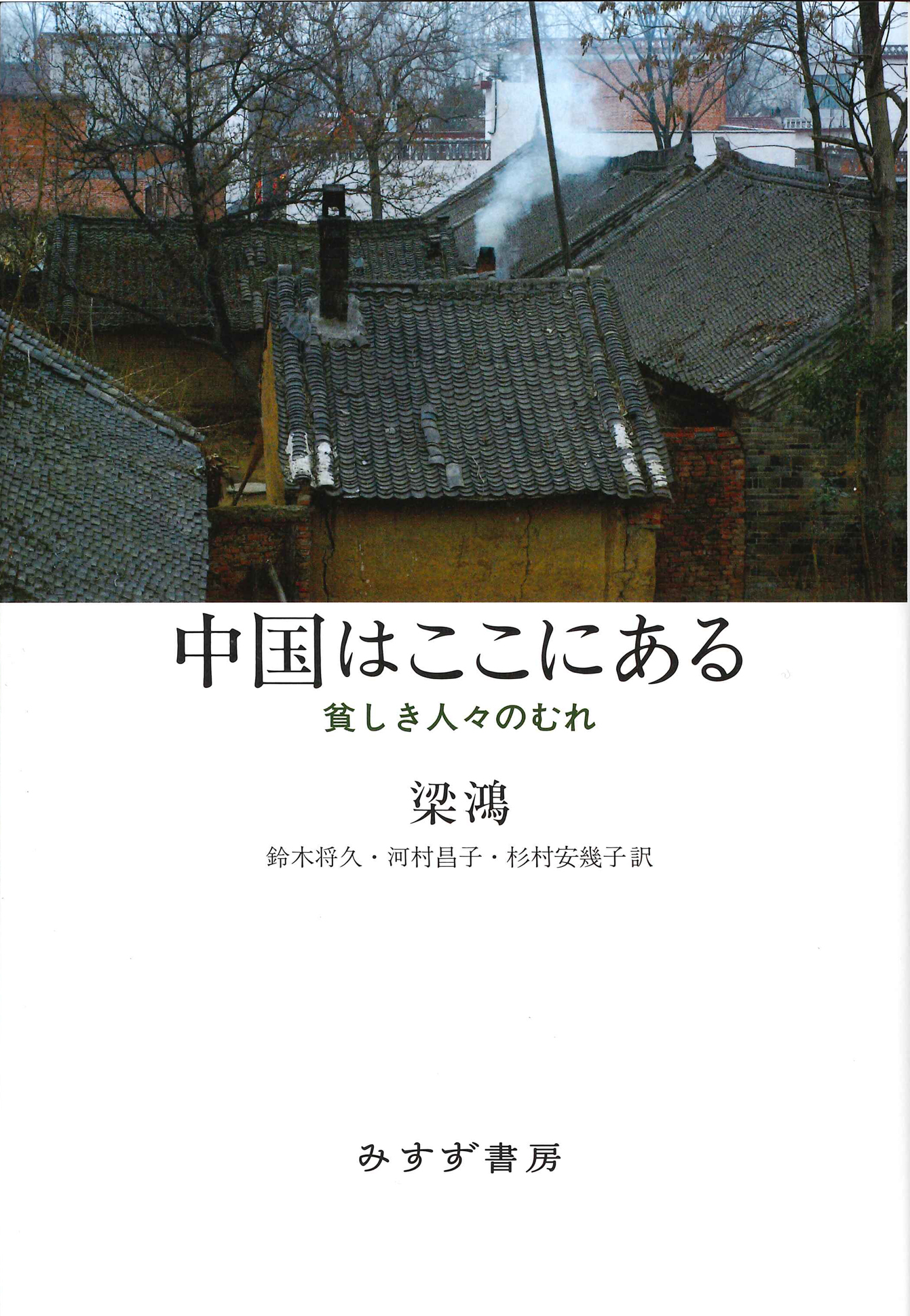
Title
Kusanone no Chuugoku (Grassroots China - Village Governance and Resource Circulation)
Size
306 pages, A5 format
Language
Japanese
Released
August 23, 2019
ISBN
978-4-13-030212-8
Published by
The University of Tokyo Press
Book Info
See Book Availability at Library
Japanese Page
What do you imagine when you hear “rural China”? You may imagine people in the shadows of highly developed coastal cities: the ones who are discriminated by the household register system; suffer from poverty; are manual laborers and migrant workers forced to leave their children in the village or resort to petitions or violent riots against local governments. Consequently, many foreign citizens embody a “disastrous” image of rural China that is propagated by the common narratives, including those popularized by the mass media. As village governance occupies a significant part in China’s domestic politics, Chinese urban scholars, who study domestic rural issues, often summarize them as the official “three agrarian problems” (sannong wenti). According to this, the economic disparity between urban and rural areas is the major problem of China; thus, narrowing this gap is the only way to solve rural problems. However, we rarely hear the peasants’ accounts among these discussions.
The book “Grassroots China: Village Governance and Resource Circulation” is an attempt to reconcile the outsider’s gaze and recapture the Chinese society from an internal grassroots perspective. Accordingly, the book travels with readers into rural areas, constituting the base of the huge agrarian country. I repeatedly visited research sites (villages) across the country for nearly 20 years. During this period, I lived with host-families, ate meals with them, walked around footpaths, and conversed with villagers on ondol (floor heater), to understand the true-to-life appearance of people and the intrinsic logic of rural life. Initially, the villagers seemed to be selfish and possess a strong sense of rivalry against each other. However, in the face of adversities, they cooperated and united to solve the issues. Responsibilities of “village governance,” such as irrigation of farmland, construction of roads, and the establishment of schools and religious facility, are documented as collaborative activities in this book. It includes concrete examples illustrating how rural leaders and residents solve various problems by discovering “resources” both inside and outside the community and combining them flexibly and tactfully. Further, the book explains the historical background—revolution and socialism—that has shaped rural residents’ collective behavior. In addition, a comparative analysis is employed to grasp the uniqueness of rural China, compared to Russia and India.
Overall, “Grassroots China” is an addition to the existing literature on area studies. To those who are accustomed to solving problems according to institutionalized procedures, rural “governance” in China may look disorderly, and sometimes even chaotic. In such cases, people tend to label the rural society as “backward.” Nevertheless, scholarship in area studies requires further exploration to understand the underlying local context and explain the socio-historical background of any phenomena.
(Written by TAHARA Fumiki, Associate Professor, Graduate School of Arts and Sciences / 2020)
Related Info
The 32nd Asia-Pacific Award Grand Prize (The Asian Affairs Research Council Nov. 17th, 2020)
http://www.aarc.or.jp/apshow.html
The 10th Consortium Award (Japan Consortium for Area Studies Oct. 12th, 2020)
http://www.jcas.jp/en/consortiumaward/purpose.html



 Find a book
Find a book




